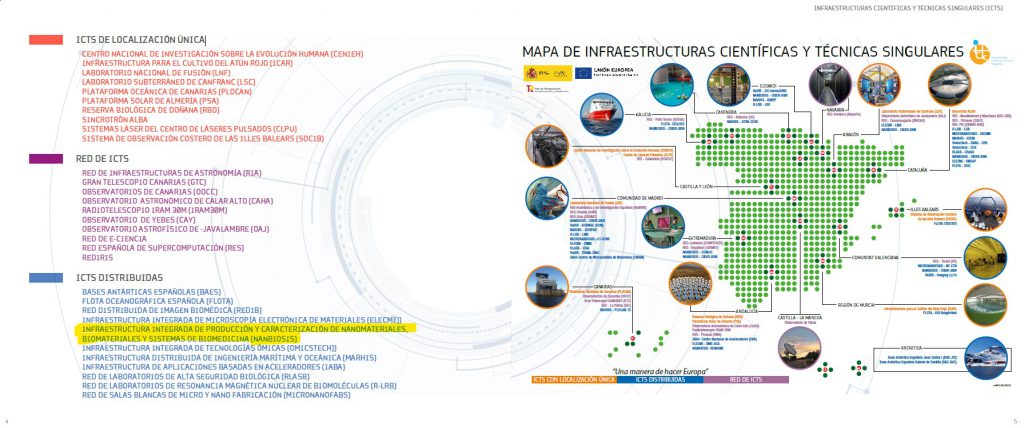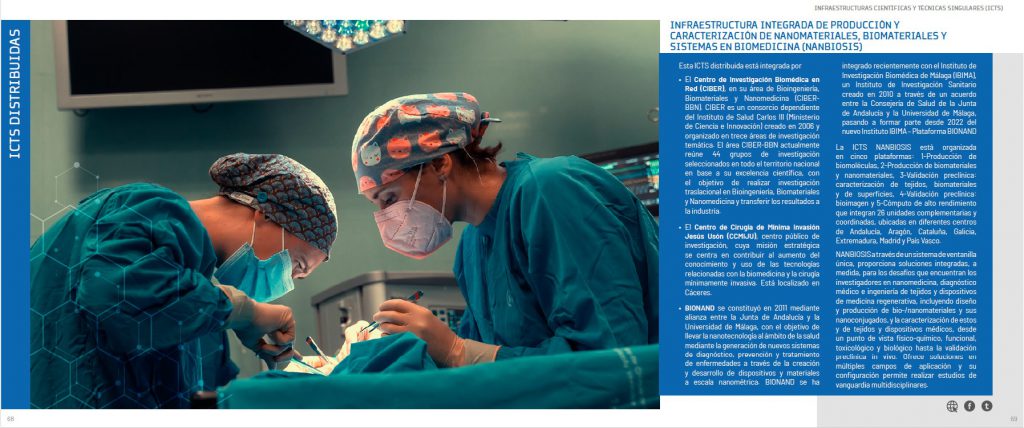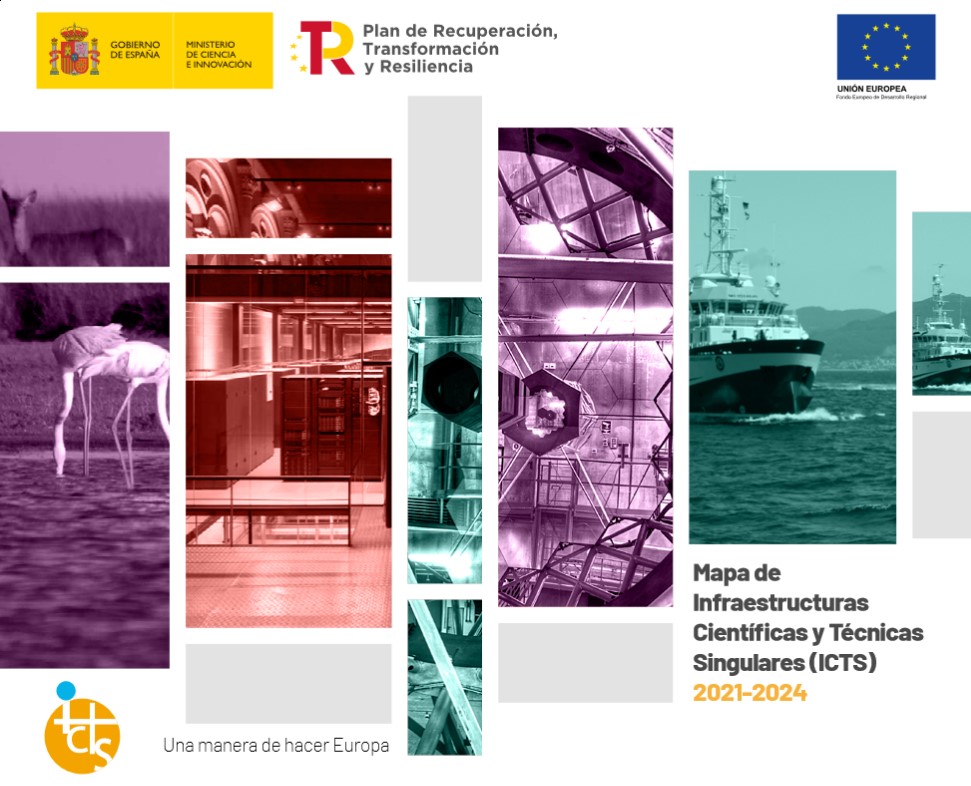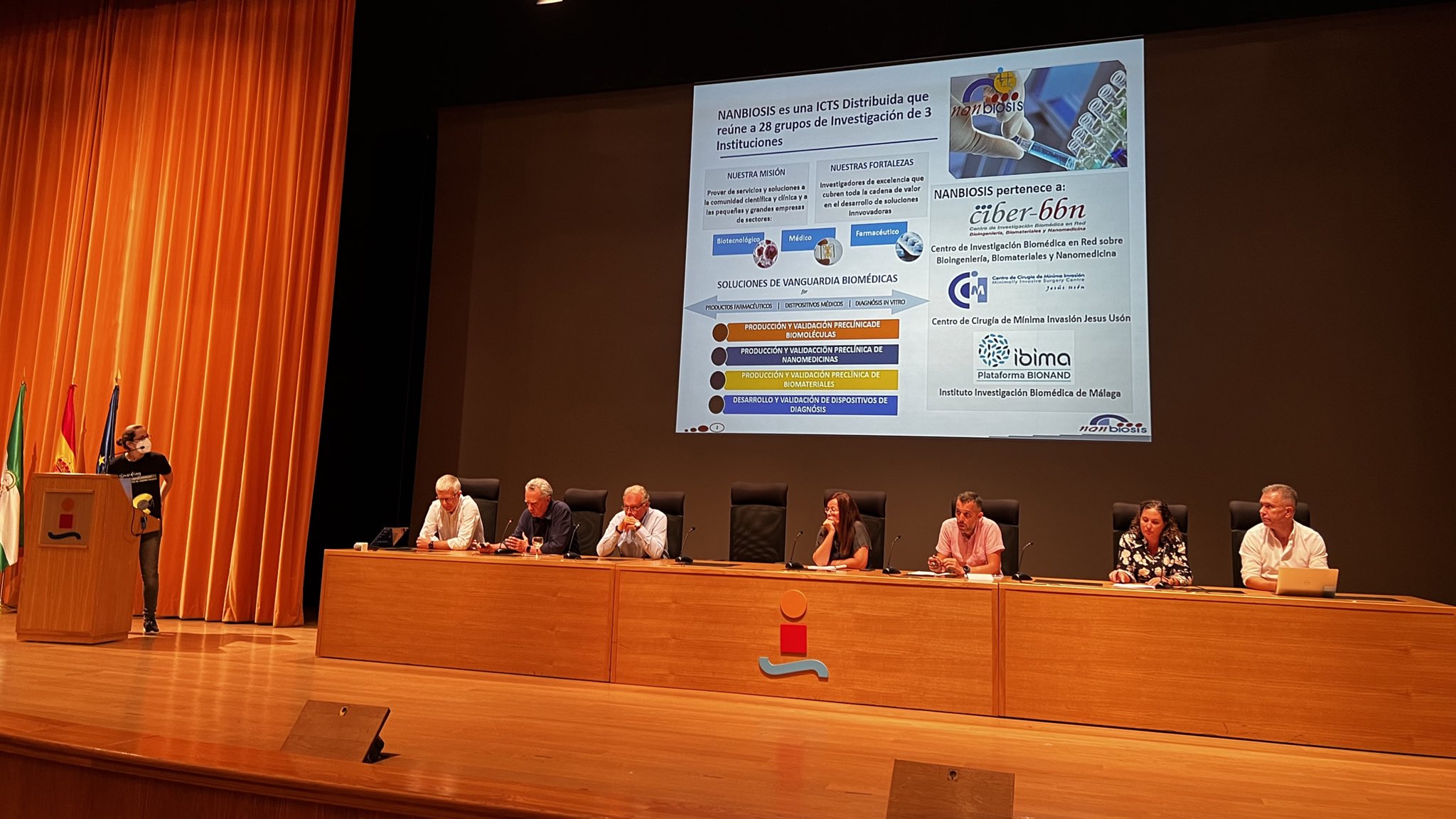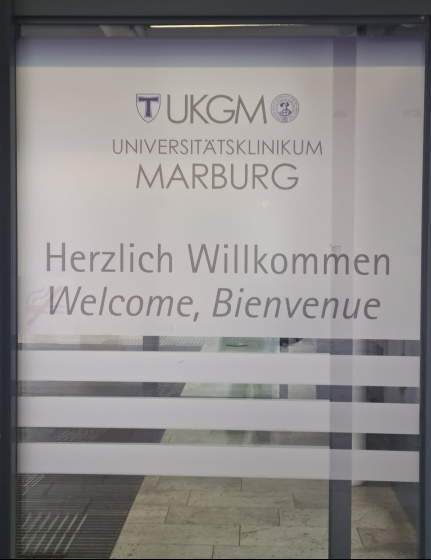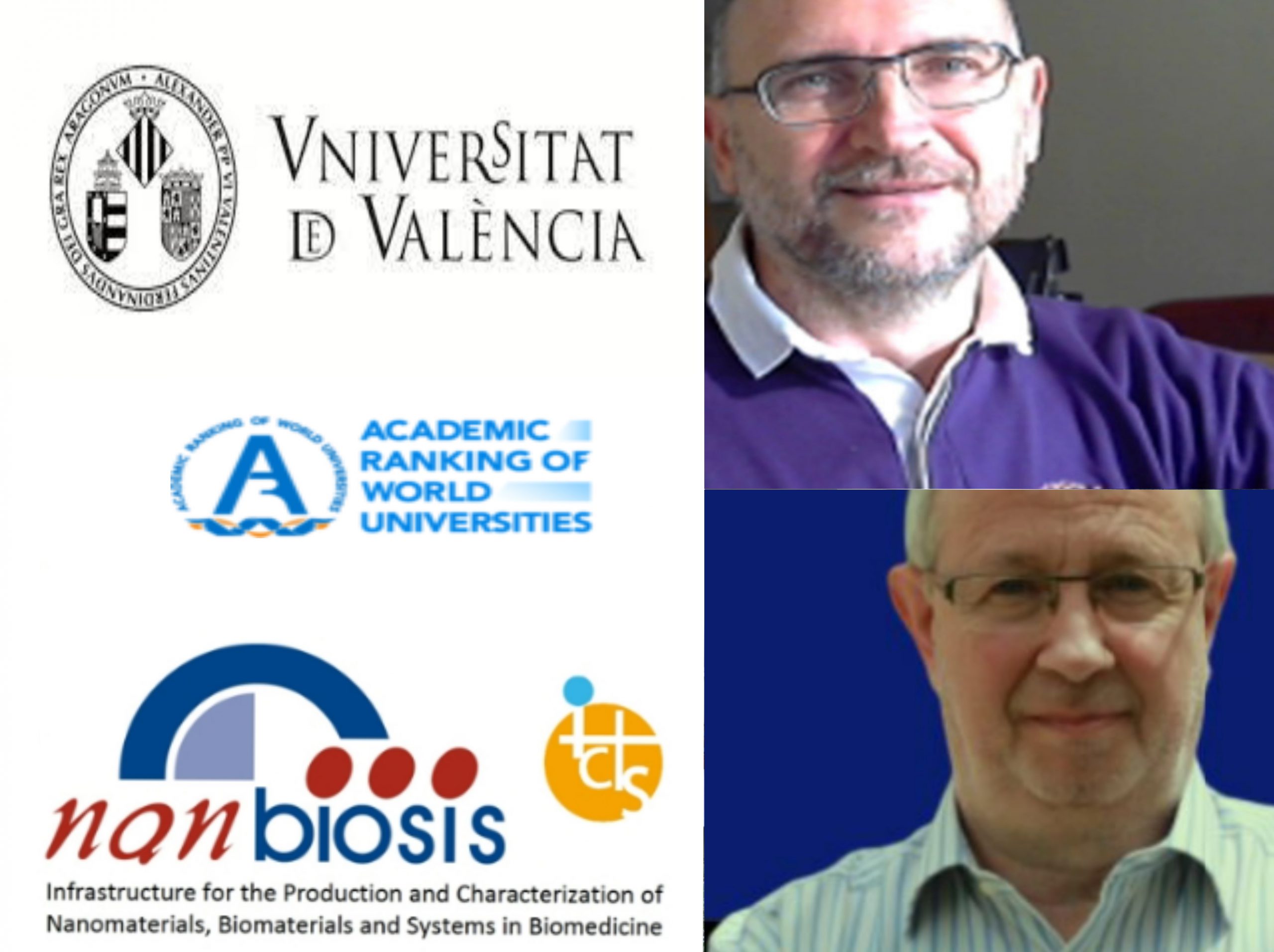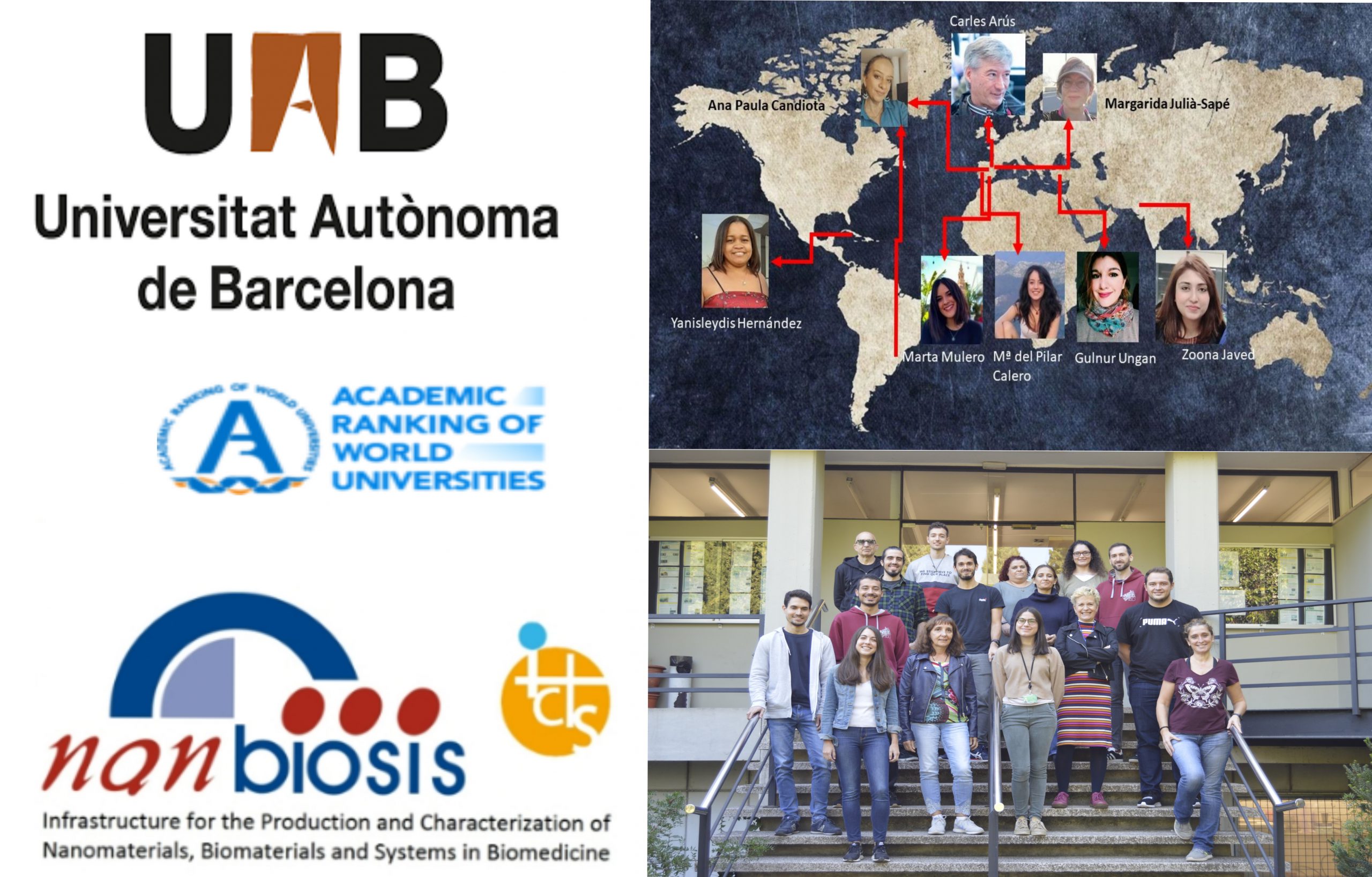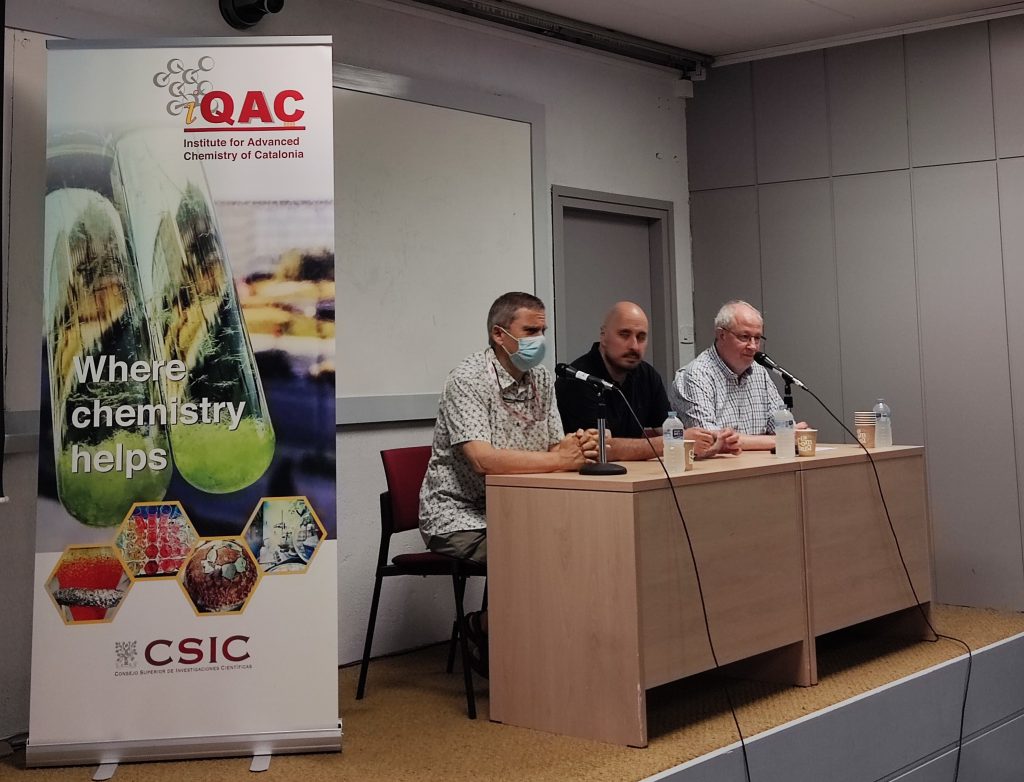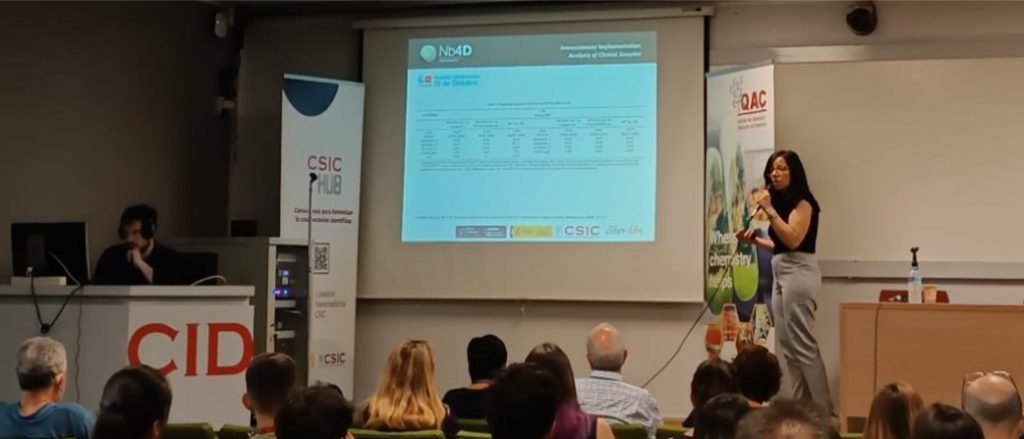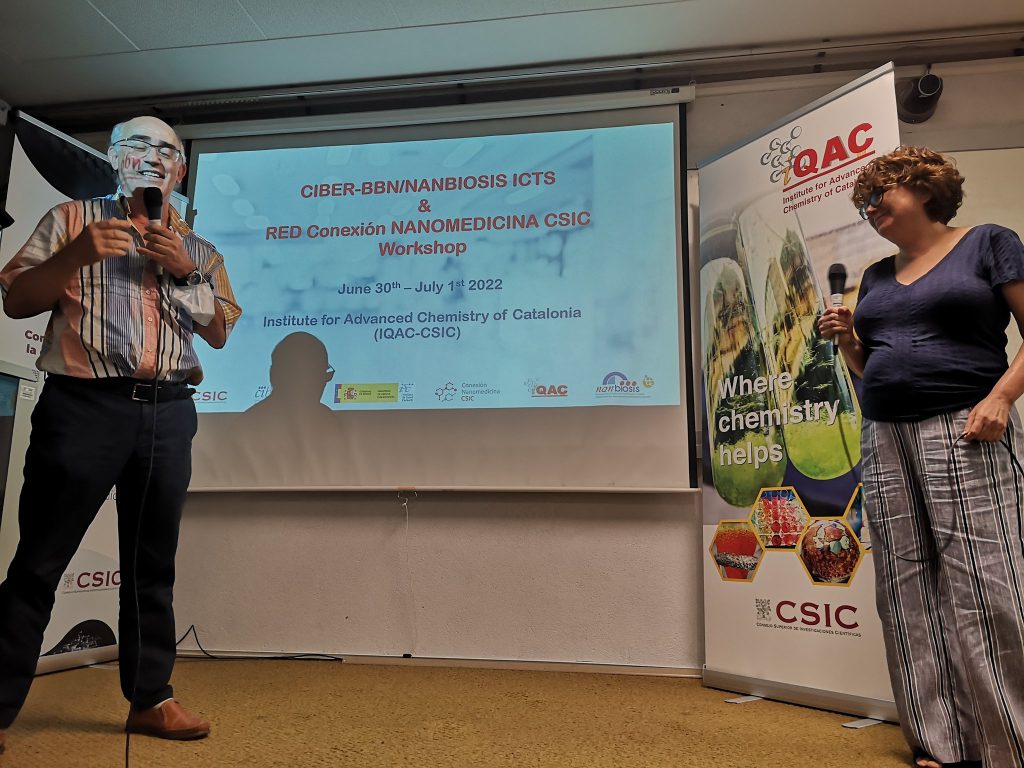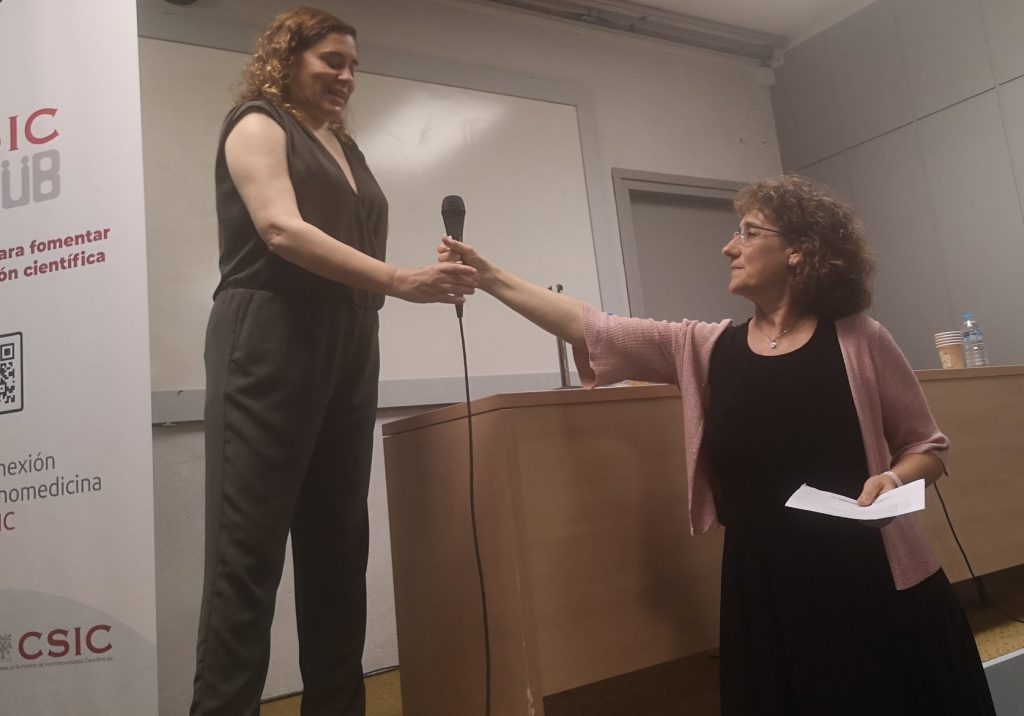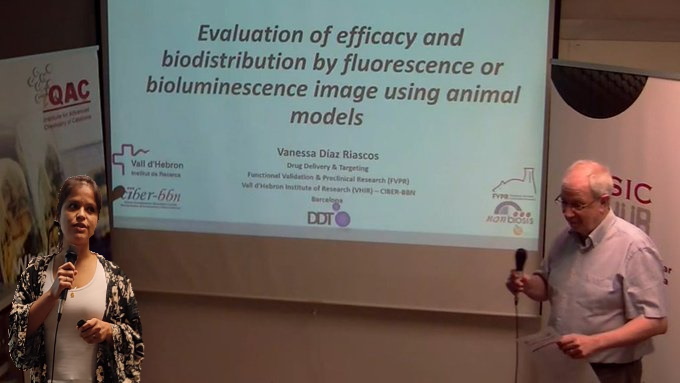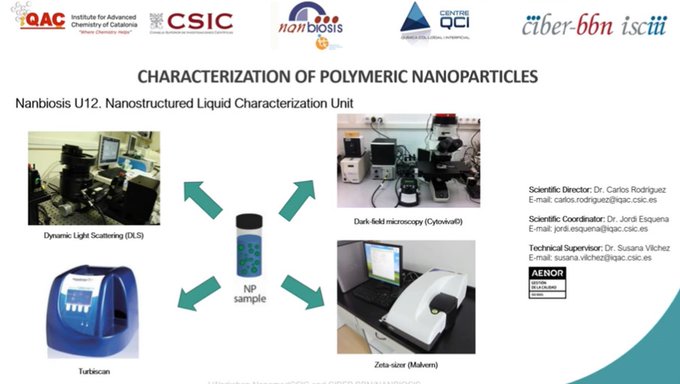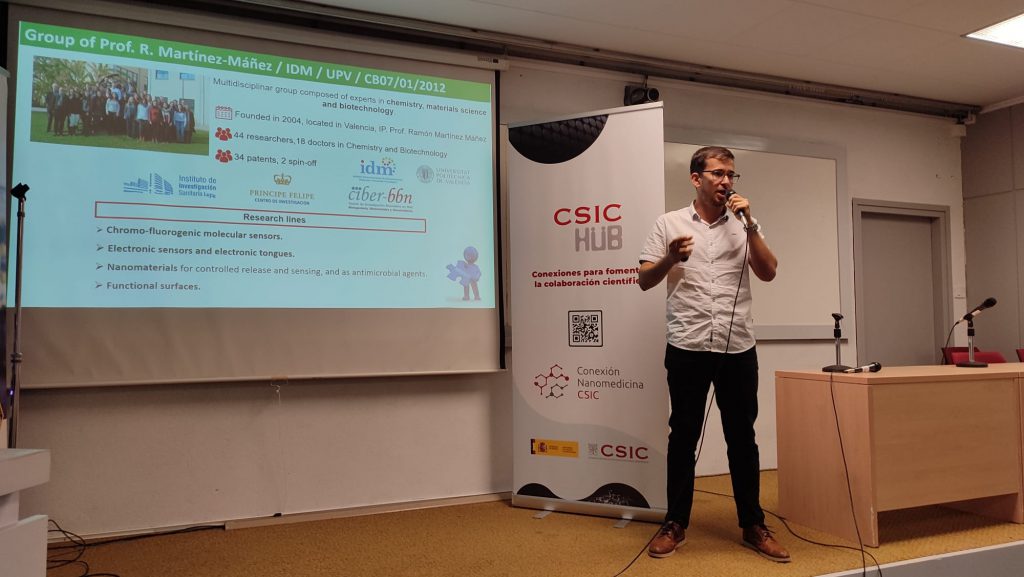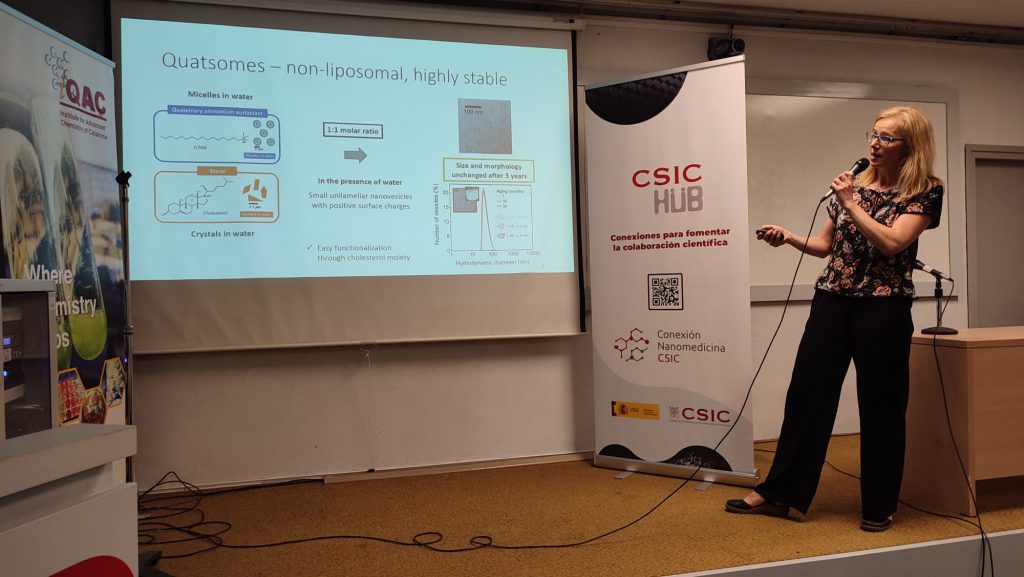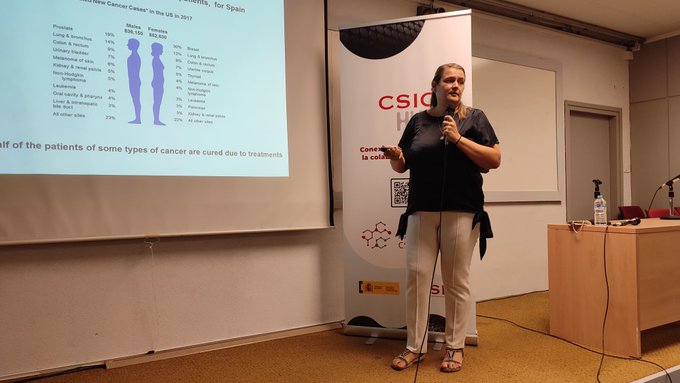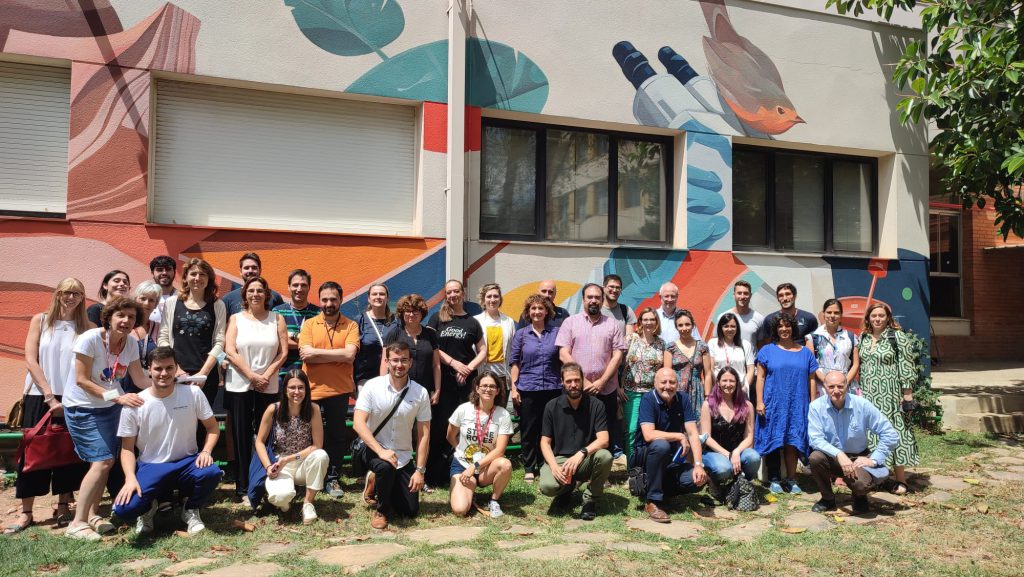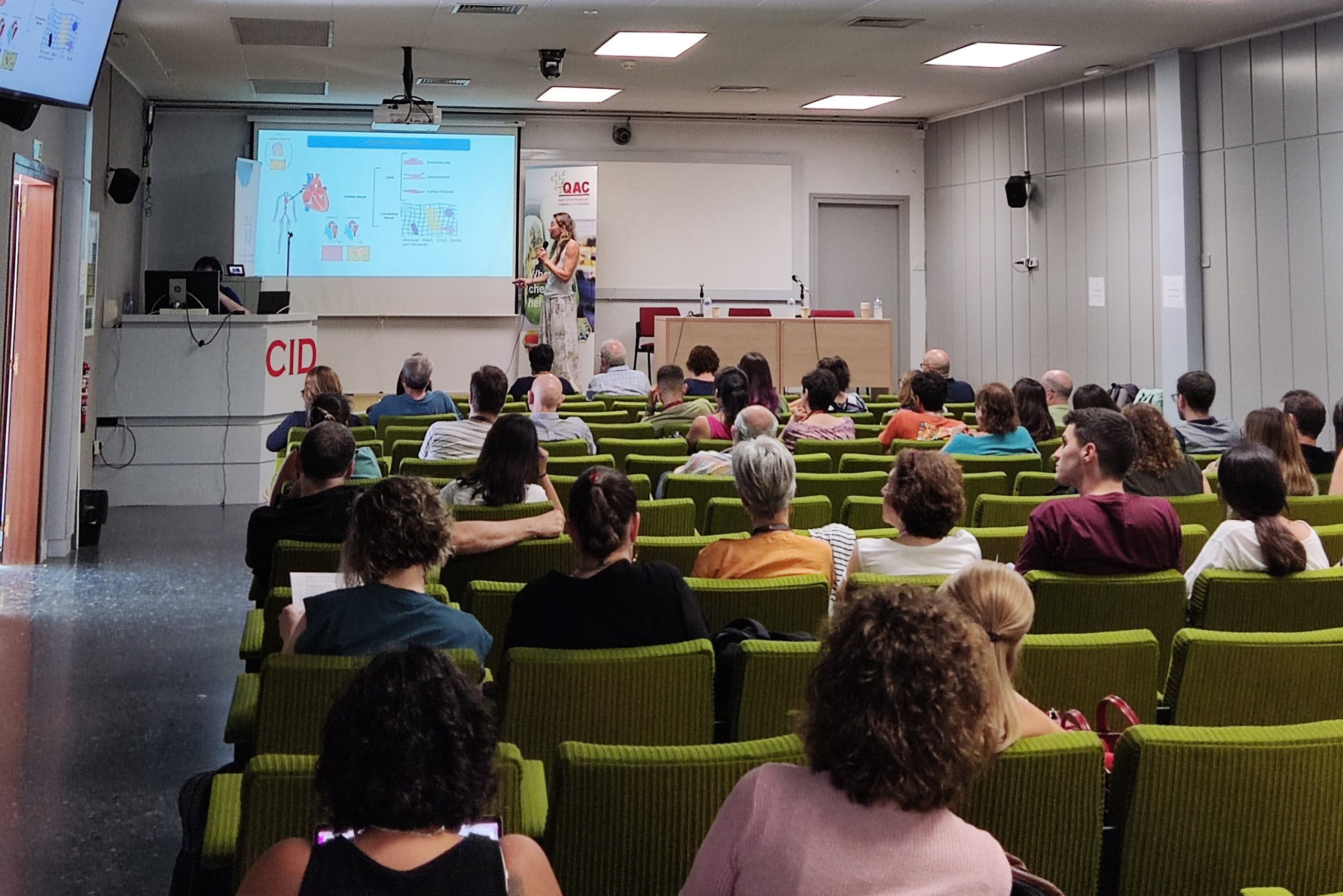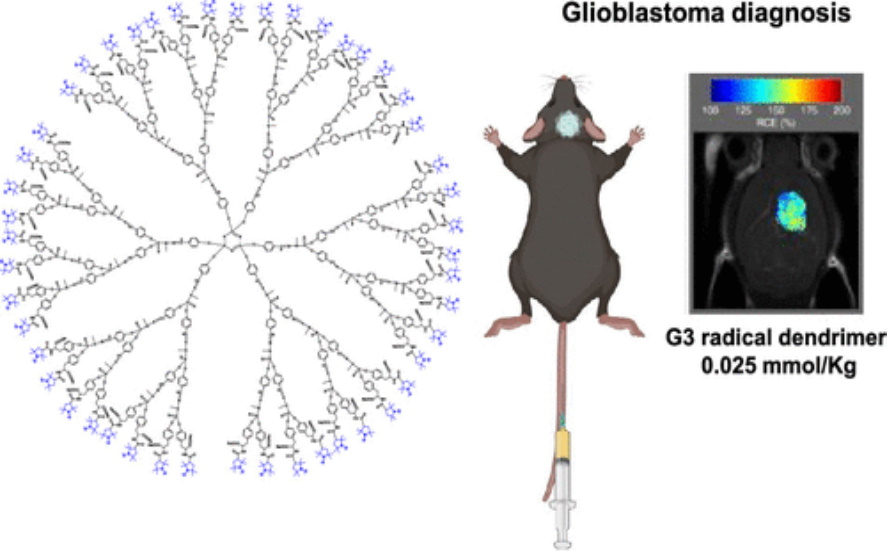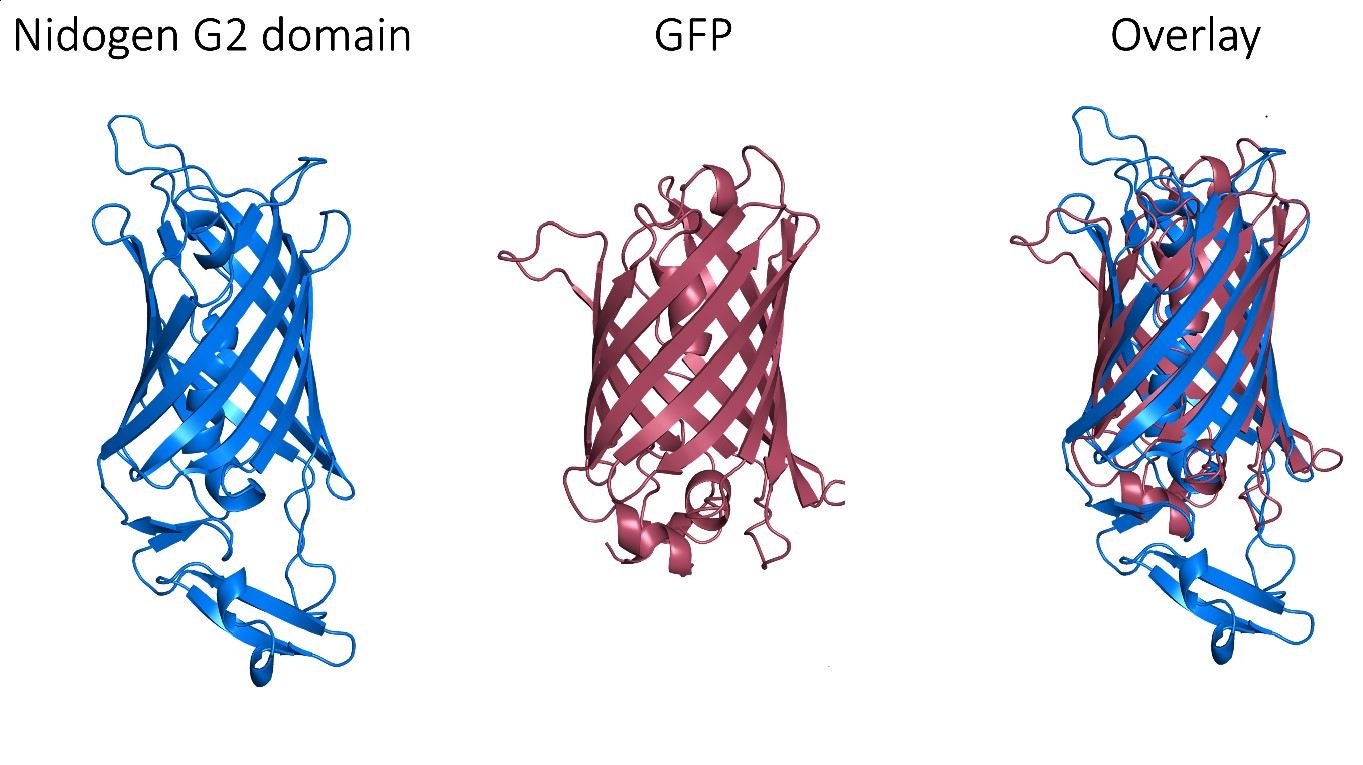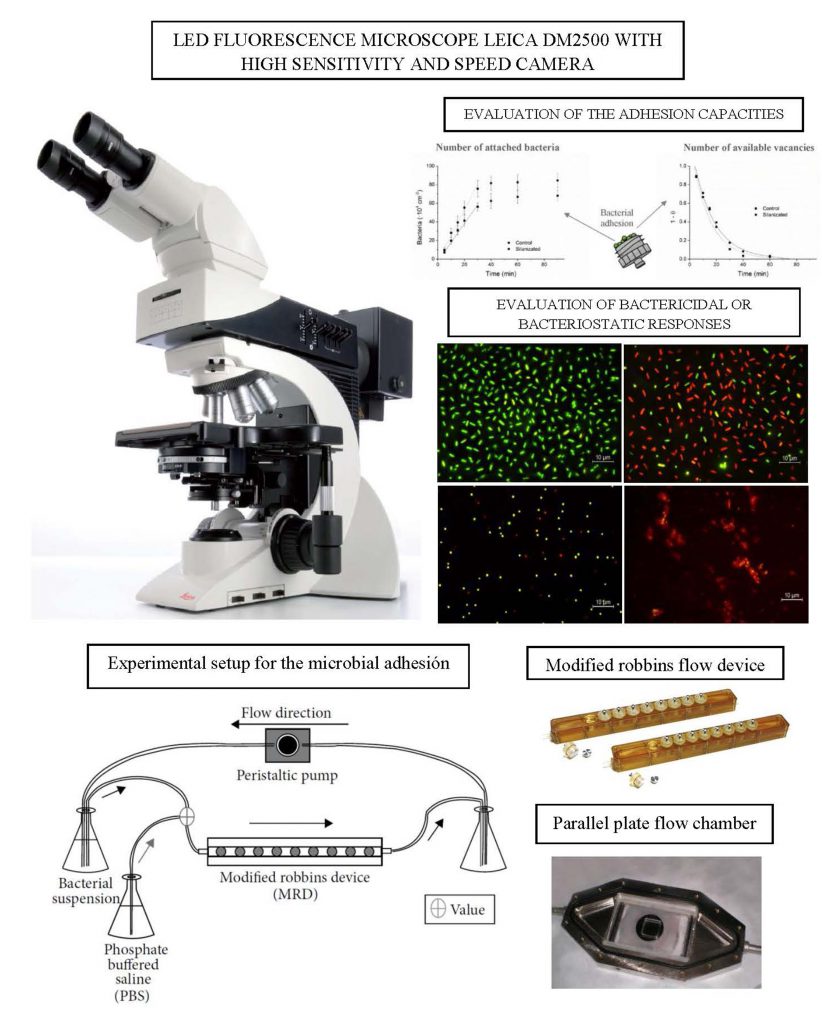Nanoligent raised €2.8 M and completed Seed round financing with support of i&i Biotech Fund
September 27th 2022 – Nanoligent SL, a Spanish biotech company specialized in the development of cancer treatments based on unique protein conjugates, today announces the completion of a Seed financing round of total € 2.8 M. The final closing of the Seed round consists of € 1 M investment by i&i Biotech Fund I (i&i Bio), an early-stage Life Science fund with teams in Luxemburg and Prague which is backed by the European Investment Fund. i&i Bio joined previous Nanoligent investors, Italian Angels for Growth, the largest network of business angels in Italy, and AVANTECA Partners, a Swiss privately held asset management firm.
Jaromir Zahrádka, Managing partner of i&i Bio, said: “Nanoligent is the fifth investment of our fund and it belongs to a group of targeted oncology therapies in our portfolio. We are excited by deep scientific background and uniqueness of the technology. The platform is developed by highly motivated, experienced, and fully engaged team of scientists and managers. Based on obtained scientific data, the project has a great potential to become an effective treatment for multiple metastatic-cancer types.”
Nanoligent is focused on the development of new drugs for the treatment of more than 20 different metastatic cancer types. The lead molecule is based on the targeted elimination of cancer cells overexpressing the CXCR4 receptor, a recognized biomarker for poor prognosis and therapy resistance. Nanoligent is developing a new proprietary nano-technological platform, with the potential to overcome current limitations of Antibody-Drug-Conjugates.
“Less than a third of newly diagnosed metastatic patients respond to current therapies, making metastasis one of the most pressing unsolved challenges in cancer. With the support of i&i Bio together with our existing investors, we secure our current milestone to provide the first drug candidate of our portfolio of metastasis-targeted therapies” said Montserrat Cano, CEO of Nanoligent.
The seed round financing will allow Nanoligent to foster the development of multiple drug candidates and advance the pre-clinical development of its lead candidate in a variety of tumor types.
“We are happy to welcome the i&i Biotech Fund I in Nanoligent. As in previous cases, we have been impressed by the depth of their scientific due diligence and the professionality of their management. They are going to be an important partner for Nanoligent and we are delighted to continue to co-invest with i&i Bio,” said Michele Marzola who, together with Alessandro Toniolo, are co-champions from IAG in this investment.
Two of the investors already joined the Nanoligent’s Board which includes: Michele Marzola (IAG), Michael Milos (Avanteca Partners), Manuel Rodríguez (Chairman) and Montserrat Cano (CEO).
“The i&i Biotech Fund I is the right partner for the further development of Nanoligent. They have shown in depth scientific knowledge as well as being well connected within the pharmaceutical network. We all together are looking forward to bringing Nanoligent’s development plan effectively to the next stages,” said Michael Milos from AVANTECA Partners.

About Nanoligent
Nanoligent was founded in 2017 by co-founder and Chairman Manuel Rodriguez Mariscal, as a spin-off coming from more than 10 years of fruitful collaboration between the Nanobiotechnology group – NANBIOSIS U1 PPP at the Institute of Biotechnology and Biomedicine, Universitat Autònoma de Barcelona, co-lead by full professor Antonio Villaverde and Principal Investigator Esther Vázquez, and the Oncogenesis and Antitumor Drug Group – NANBIOSIS U18 Nanotoxicology Unit at the Biomedical Research Institut Sant Pau of the Hospital de la Santa Creu i Sant Pau, headed by full professor Ramon Mangues, the three of them also co-founders of the company. Montserrat Cano joined the company in 2020, with more than 15 years of experience in pharma and biotech companies. The aim of the company is to develop a pioneering technological platform based on protein-drug nanoconjugates to target metastasis across several tumor types. www.nanoligent.com
About Italian Angels for Growth
IAG, founded in 2007, is a leader in the Italian seed venture capital: more than 270 protagonists of the entrepreneurial, financial and industrial world that invest time, skills and capital for the growth of innovative startups. Italian Angels for Growth, in more than ten years of activity, has analyzed more than 6,500 startups and its members have made over 100 investments, for a total of over 300 million euros invested by IAG members and co-investors. IAG business angels support innovative projects financially by investing their own capital, but at the same time, thanks to the mix of skills of the members, support the founders of the startups in the definition of the business model in all its aspects. www.italianangels.net
About AVANTECA Partners
AVANTECA Partners is a Swiss-based, privately held asset management company that invests in early-stage life science companies. www.avanteca.com
About i&i Bio
i&i Bio is a Luxembourg-based venture capital firm that invests in innovative European Life Sciences companies focused on drug discoveries, medical devices, diagnostics, and digital health. The Fund was created thanks to the cooperation of the biotech incubator i&i Prague and the European Investment Fund (see below). With over €45M under management, i&i Bio plans to invest in about 20 early-stage companies. i&i Bio is led by an experienced team of professionals with backgrounds in private equity, healthcare and venture capital supporting entrepreneurs on their journey to global success. Thanks to the close cooperation with the fund’s sponsor, the biotech academic incubator i&i Prague, i&i Bio is supporting and advancing transformative Central European technology companies. www.inibio.eu
About European Investment Fund
i&i Bio is supported by an investment from the EIF, with the support of:
lnnovFin Equity, with the financial backing of the European Union under Horizon 2020 Financial Instruments and the European Fund for Strategic Investments (EFSI) set up under the Investment Plan for Europe. The purpose of EFSI is to help support financing and implementing productive investments in the European Union and to ensure increased access to financing; and
the Pan-European Guarantee Fund (EGF), implemented by the EIF with the financial support of the Participating Member States. The objective of EGF is to respond to the economic impact of the COVID-19 pandemic by ensuring that companies in the Participating Member States have sufficient short-term liquidity available to weather the crisis and are able to continue their growth and development in the medium to long-term.Nanoligent SL – B66970088










